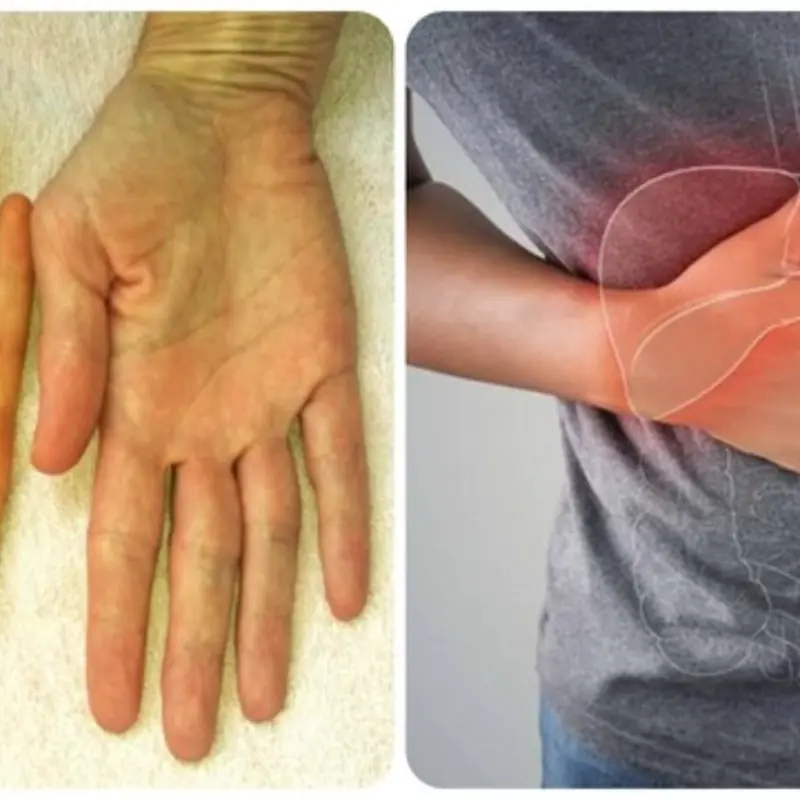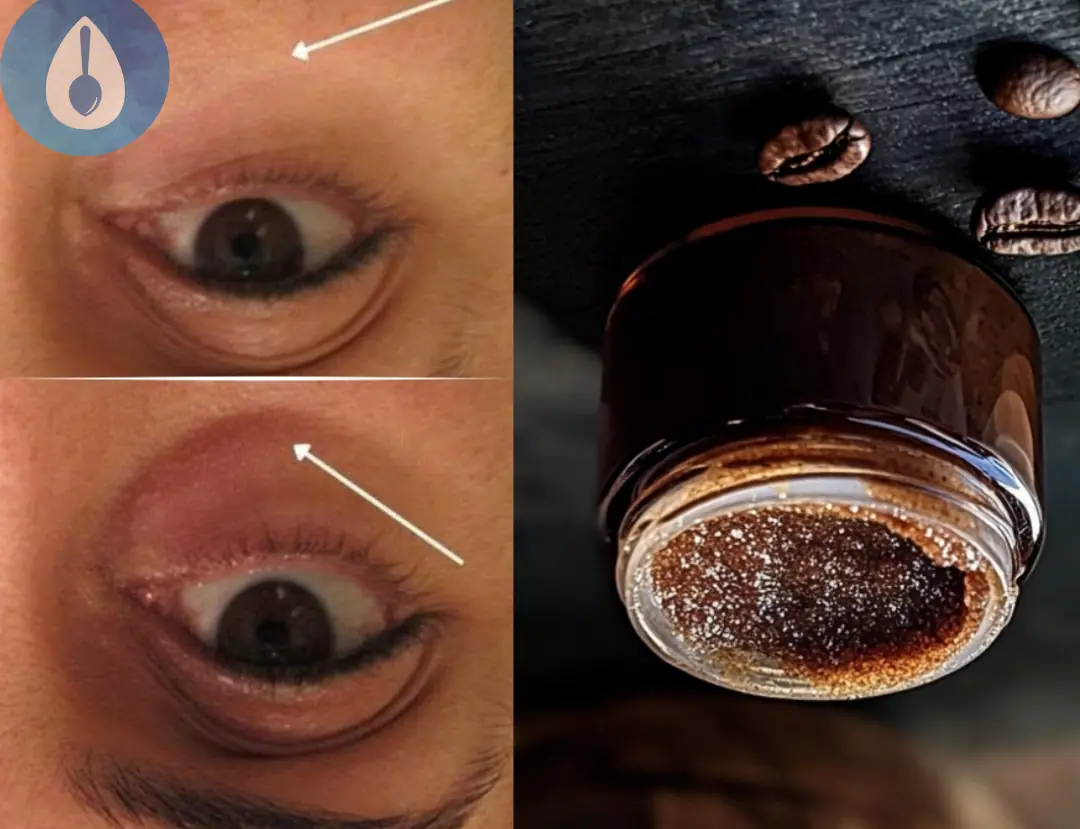
Early Detection of Diabetes Through 7 Commonly Overlooked Signs
Early Detection of Diabetes Through 7 Commonly Overlooked Signs
Diabetes is a chronic condition that often develops silently over time. Many early signs of diabetes are subtle or non-specific, making them easy to overlook. As a result, the disease may only be diagnosed at a later stage, increasing the risk of complications. This article will highlight seven early warning signs of diabetes that many people miss, helping you recognize and manage the disease sooner.

7 Overlooked Signs of Diabetes
When you have diabetes, your blood sugar levels are higher than normal. In response, your body may show the following symptoms:
1. Darkened Skin Patches
These dark, velvety patches of skin — known as acanthosis nigricans — often appear in body folds like the neck, armpits, elbows, groin, or knees. This condition is strongly linked to insulin resistance, which is one of the primary causes of type 2 diabetes.
2. Eating More But Still Feeling Hungry
People with diabetes often feel hungry shortly after eating. This happens because their cells cannot properly absorb glucose for energy due to insulin dysfunction. As a result, the cells send hunger signals to the brain, causing frequent or intense cravings even after meals.
3. Unexplained Weight Loss
Despite eating normally or even more than usual, people with diabetes may experience sudden weight loss. This occurs because, when glucose cannot enter cells for energy, the body starts breaking down muscle proteins and fat stores to compensate, leading to rapid weight loss.
4. Frequent Urination
Excessive urination, especially at night, is another sign of diabetes. Normally, kidneys reabsorb glucose, but if blood sugar levels are too high, some glucose leaks into the urine. This draws more water out with it, increasing urine volume and causing frequent trips to the bathroom.
5. Increased Thirst
Persistent thirst in diabetics is often a consequence of frequent urination and high blood sugar levels. As your body loses more fluids, it tries to maintain balance by triggering the thirst response — making you drink more water than usual throughout the day.
6. Blurry Vision
High blood sugar levels can alter fluid levels in the eyes and damage small blood vessels in the retina, leading to blurred vision. This symptom can occur in one or both eyes and may improve when blood sugar levels stabilize. However, if left untreated, it can lead to more serious eye conditions like diabetic retinopathy or cataracts.
7. Numbness or Tingling in Hands and Feet
Around 50% of people with type 2 diabetes experience tingling, numbness, or burning sensations in the hands, feet, or fingertips when first diagnosed. These symptoms are early signs of diabetic neuropathy, which occurs when high blood sugar damages peripheral nerves. If not properly managed, this can progress and lead to more severe complications.
Important Reminders for Effective Diabetes Management
While these signs may suggest the possibility of diabetes, they are not definitive on their own. If you notice any of these symptoms, it is essential to seek medical attention promptly. Visit a hospital or healthcare facility for a blood sugar test and a proper diagnosis.
Early detection and timely treatment are key to preventing long-term damage from diabetes. Managing your blood sugar levels through a healthy diet, regular exercise, medication (if prescribed), and consistent medical checkups can significantly improve your quality of life and reduce the risk of complications.
Remember: The sooner you detect diabetes, the better your chances of managing it effectively and living a healthy, active life.
News in the same category


Cancer Cells Love These 3 Flavors the Most — Many People Are Shocked to Realize They Eat Them Every Single Day

3 Groups of People Who Should Limit Sweet Potatoes, Despite Their Nutritional Value

Recognizing 9 Early Signs of Liver Cancer That Are Most Easily Overlooked

The Best Tea for Swollen Legs: A Natural Diuretic for Ankles and Feet

Natural Treatment for Diabetes, Stomach Issues, and High Blood Pressure

The Famous KFC Coleslaw Recipe

Healthiest FRUIT on EARTH: What occurs in the body by eating just 3 a day?

3 Types of Foods That Spike Blood Sugar – Diabetics Should Limit These

The liver plays a crucial role in keeping your body healthy

Ginger: The Natural Alternative to Botox for Smoother, Younger Skin

If you suffer from leg pain

Unlock the Power of Cloves: A Simple Habit with Surprising Health Benefits

French Betty Secretary

AVOCADO SEED POWDER

My Kidney Pain Stopped and My Body Deflated!

🧄 Are you tired of dealing with common aches and pains? Well, there might be a natural remedy that’s been overlooked – garlic!

Unlocking the Power of Garlic, Cloves, and Honey: Your Natural Health Solution
News Post

Just a few steps and the pot is like new

5 Useful Sleeping Positions That Many People Don't Know

Why Are So Many People Alarmed After Seeing This Photo?

Detox Lungs Naturally: How to Cleanse Lungs Naturally with Food

Cancer Cells Love These 3 Flavors the Most — Many People Are Shocked to Realize They Eat Them Every Single Day

There Are 4 Parts of a Pig That Seem 'Delicious' But Should Actually Be Thrown Away

Using Public Wi-Fi Without Knowing This Could One Day Wipe Out Your Entire Bank Account

3 Groups of People Who Should Limit Sweet Potatoes, Despite Their Nutritional Value

Recognizing 9 Early Signs of Liver Cancer That Are Most Easily Overlooked

Goodbye Puffy Eyes Coffee Under Eye Cream to Get Rid of Puffy Eyes and Dark Circles

The Best Tea for Swollen Legs: A Natural Diuretic for Ankles and Feet

Natural Treatment for Diabetes, Stomach Issues, and High Blood Pressure

The Famous KFC Coleslaw Recipe

Healthiest FRUIT on EARTH: What occurs in the body by eating just 3 a day?

Why Are Turn Signal Lights Yellow Instead of Green or Red?

3 Types of Foods That Spike Blood Sugar – Diabetics Should Limit These

Where are the 3 hidden faces?

10 Can.cer-Fighting Foods You Should Eat Regularly
